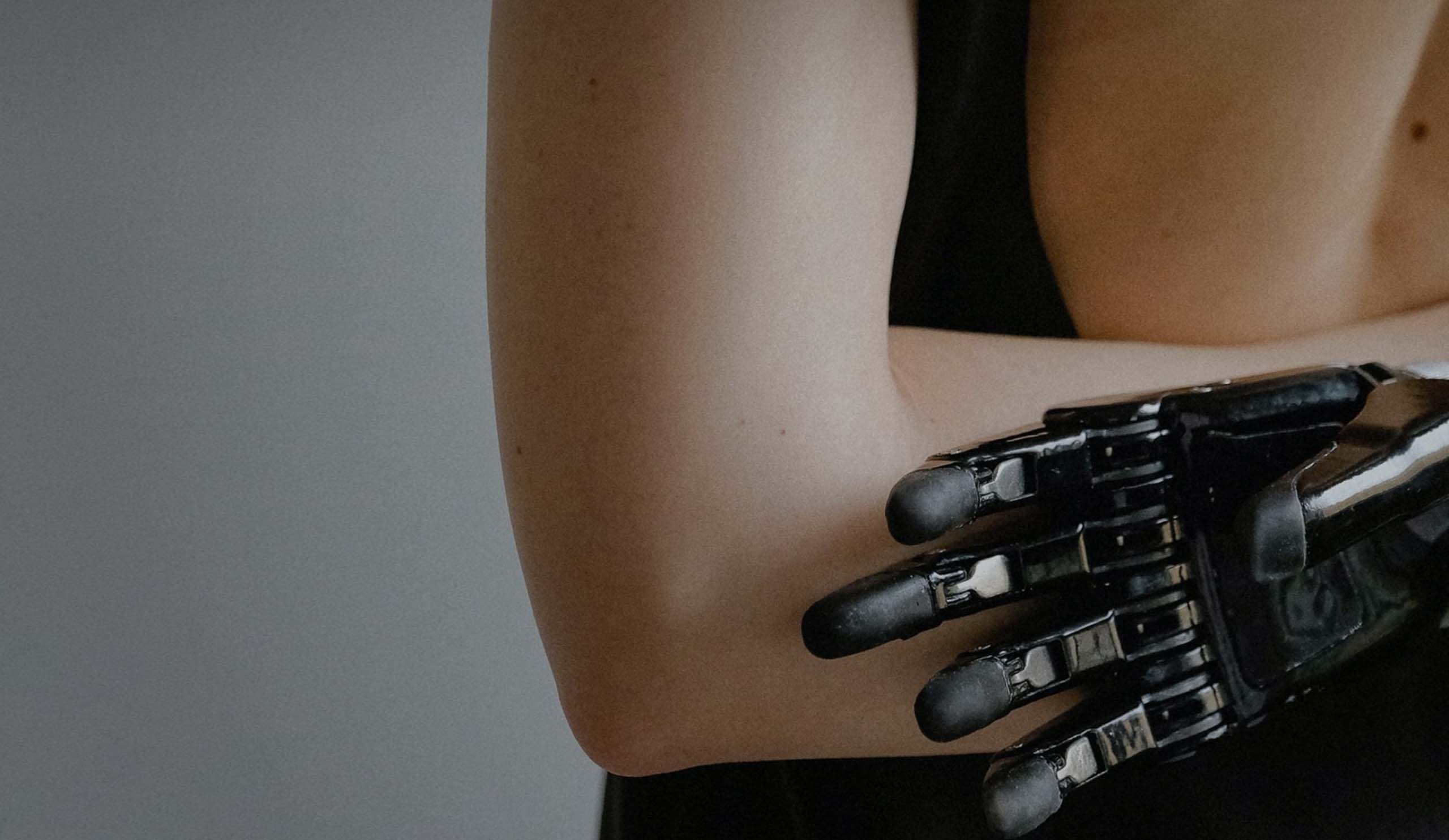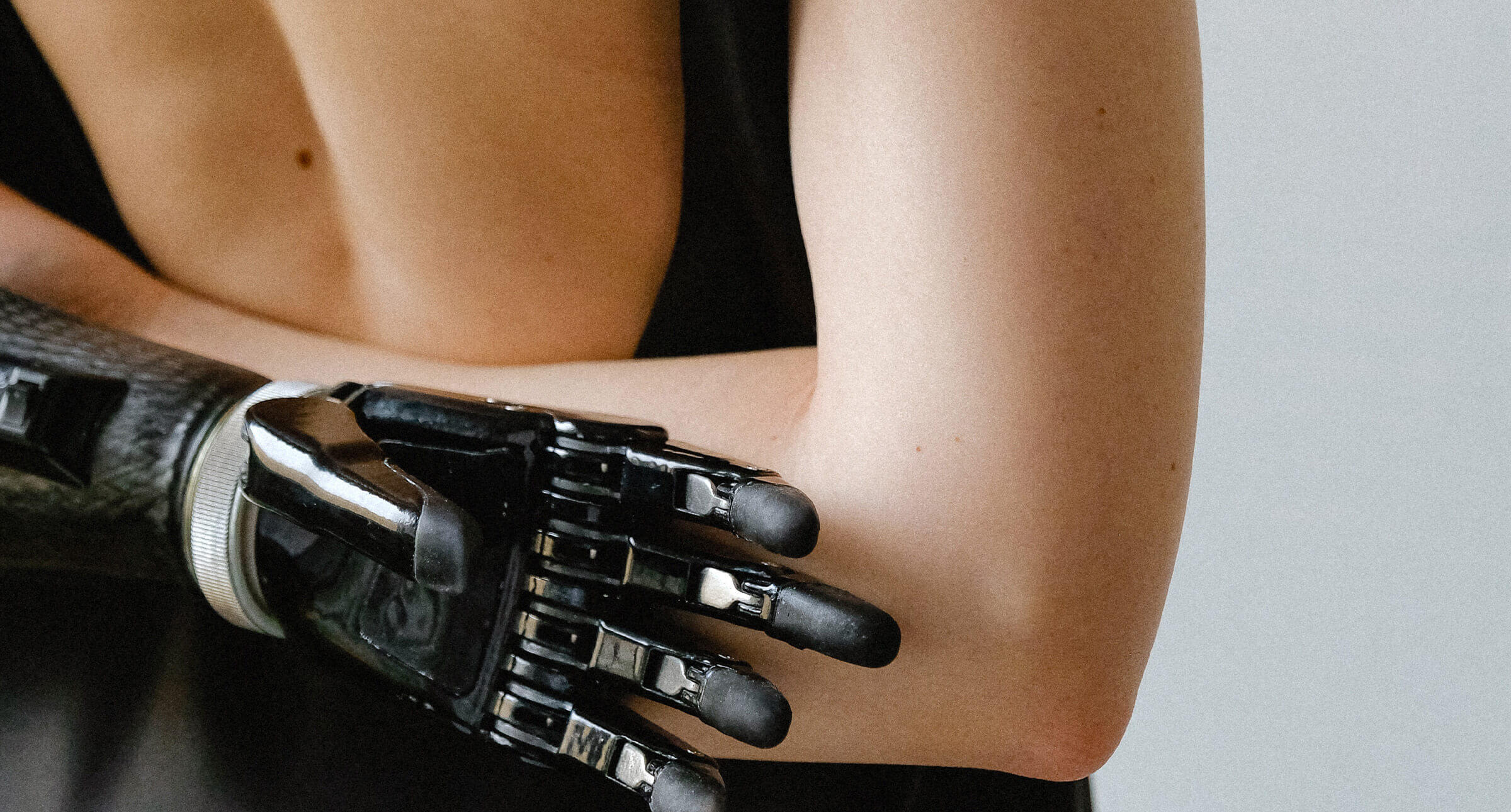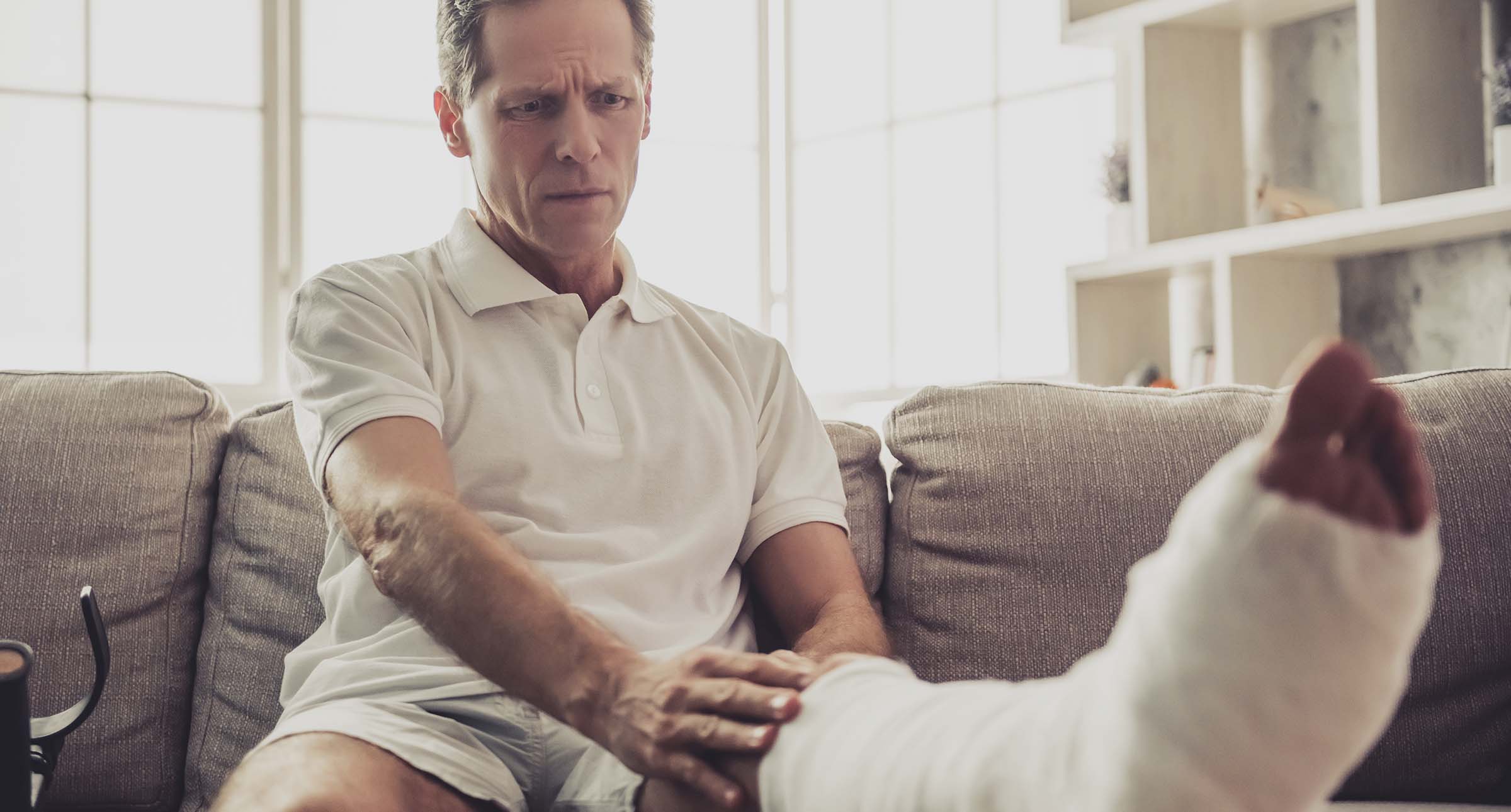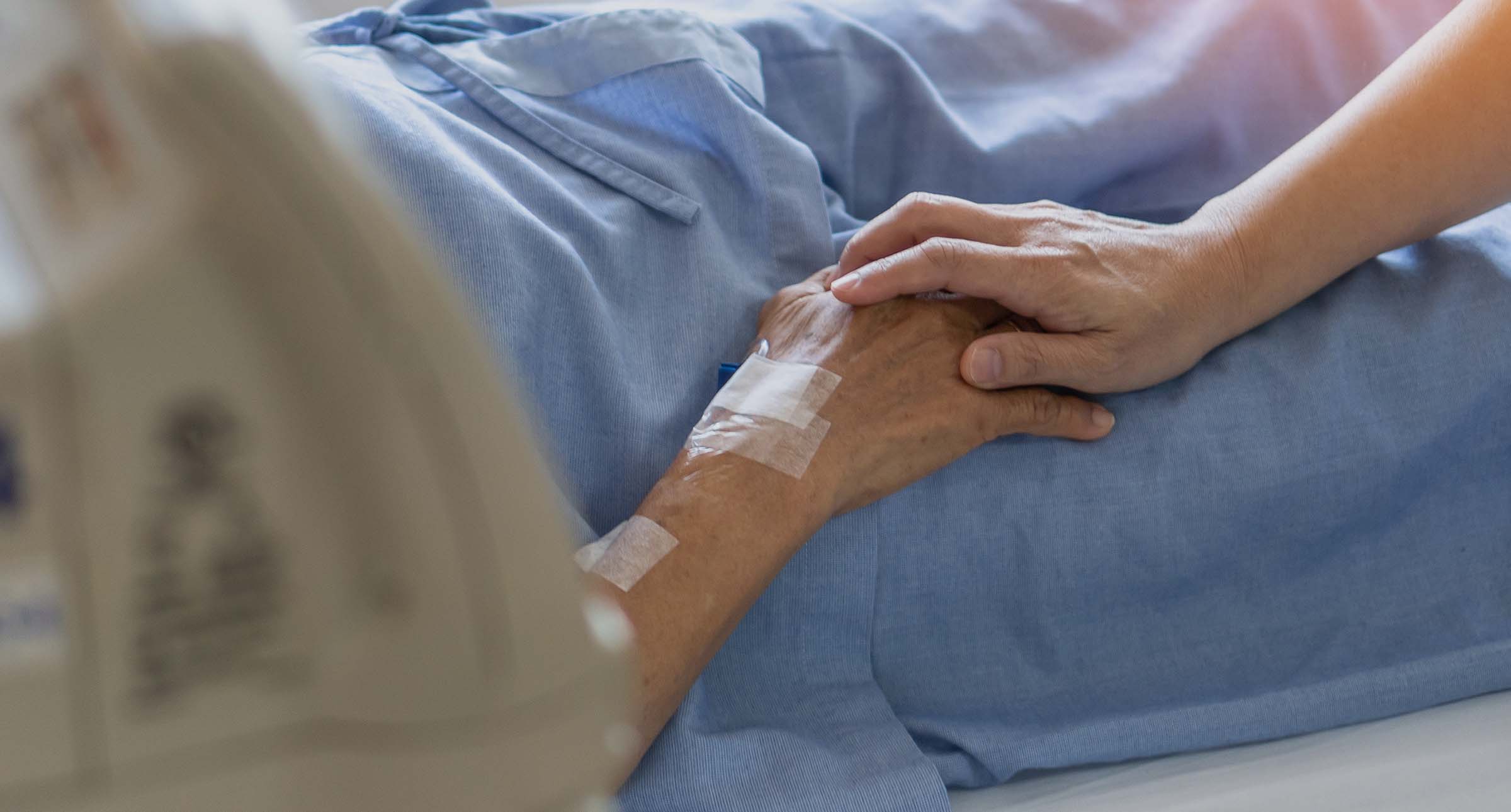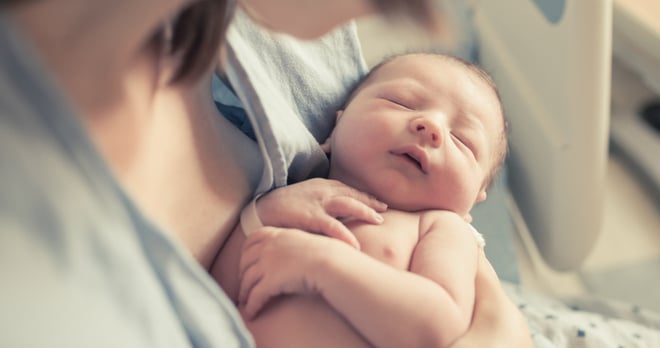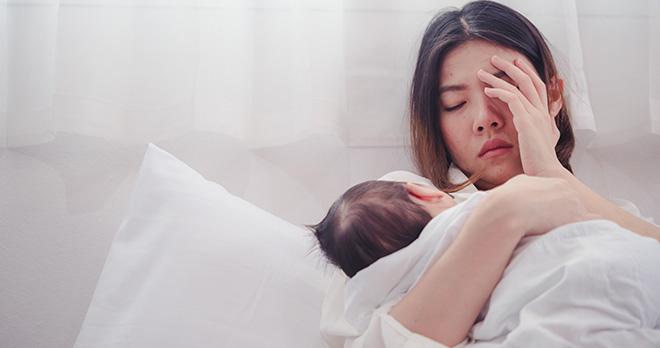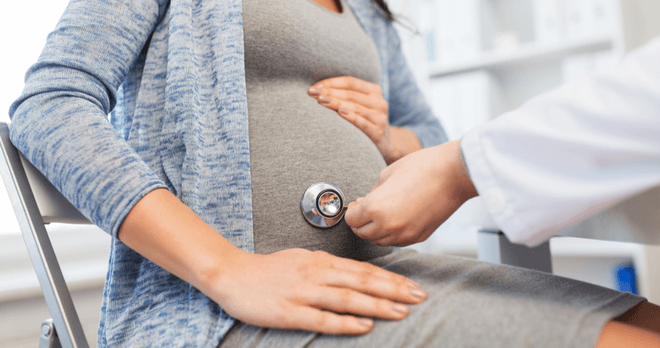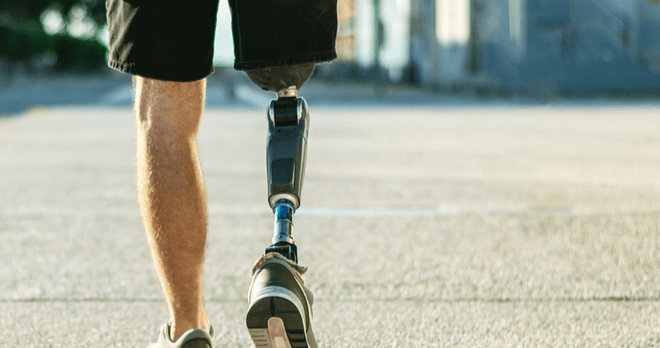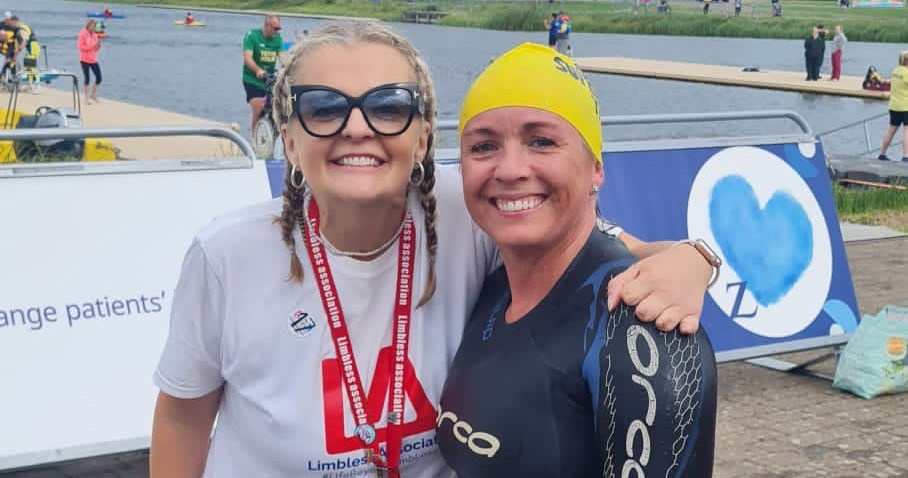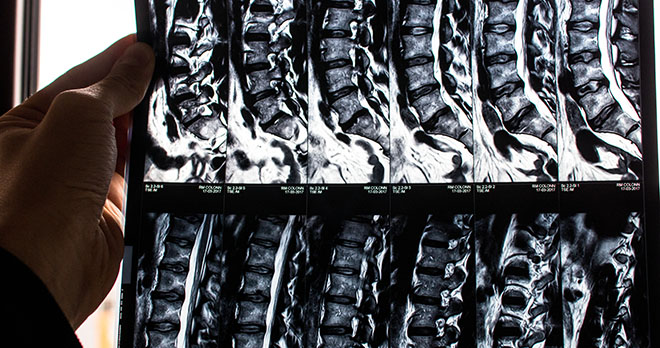Mary’s story – the consequences of delayed diagnosis of hip dysplasia.

I represented a teenage female claimant, Mary*, (born in 2010) in a clinical negligence claim against a hospital Trust for negligent failure to diagnose her hip dysplasia in the newborn period.
Mary received significant damages in 2024 for the injuries she suffered as a result of the delay in her diagnosis of congenital dislocation of the hip (hip dysplasia). The claim set out that due to her breech presentation in utero there should have been post-natal ultrasound scanning for hip dysplasia; despite the obstetrician clearly recording the need for this to be done, no such scan was arranged.
In addition, Mary’s mother had reverted to community healthcare staff and the General Practitioner with developmental concerns regarding Mary’s failure to walk, however there was no scan undertaken until Mary was two years and two months of age.
The mother’s story.
“When Mary was a small baby, she always cried when she was dressed and undressed. Then, when she was around nine months old, she developed a huge blister on the side of her heel.
She was slow in reaching developmental milestones. She was unable to crawl and shuffled on her bottom instead. She was late to stand and did not start walking until she was around two years old.
When she eventually started walking, she did not walk normally. Her feet were always in a strange position. The only way I can describe her walking is that she was like a penguin. She would also cry a lot about walking, and I didn’t understand why. I know now that she must have been in pain.
One day, when she was around two years old, I was getting her out of the car and she was screaming that she did not want to walk. I took her to the doctors as I just didn’t know what was wrong with her and why she was always crying. Mary was sent for a scan and was then diagnosed with dislocated hips.
My daughter underwent the surgery to her right hip in 2012. She was discharged a few days later. She remained in the plaster cast for around a further 10 weeks. During the surgery, metal pins were put in her hips.
The surgery was very traumatic and I feel that she went into some kind of shock afterwards. As soon as she woke up from the first surgery, she started hitting me because she couldn’t understand what was happening. She lost a lot of weight whilst in the plaster cast and went from a healthy baby to looking very frail. Before the surgery, she was potty trained and then due to the cast, she had to go back in nappies which was hugely upsetting for her.
Following the surgery, I had to have a special bed put downstairs in the house as she couldn’t get upstairs. She had to have a special wheelchair which was provided by the hospital. Due to the hip positioning, the wheelchair was huge. I was worried about her being stuck in the living room at home all of the time.
It took a long time for her to recover from her surgery and she required a lot of physiotherapy to get her walking again. Some of the physiotherapy was at Stanmore Hospital.
In 2015 my daughter underwent further surgery to remove the pins from her hips and to clean an abscess that had developed. She developed an infection after the surgery and was given antibiotics. Unfortunately, she had a bad reaction to the antibiotics and ended up in ITU. She was still in pain after the surgery and had issues with sleeping due both to pain and also because she wasn’t tired enough, as she couldn’t run around and exercise like other kids.
My daughter dislikes anything that draws attention to her injuries, and this has impacted her significantly. She is very self-conscious of the six scars on her leg. She does not like to show her leg. She wears tights to hide the scarring. She loves swimming, however she will wear shorts over her swimming costume and wears cycling shorts at school for PE, as these are longer than the school uniform shorts and cover her scars. She is self-conscious and is often very low and angry that she cannot do all the activities that her friends can do.
I feel terrible that my daughter has been through so much trauma, particularly as it was entirely avoidable”.
Determining liability in Mary’s case.
On the balance of probabilities, had an ultrasound scan of Mary’s hips been performed in the first six to eight weeks of her life it would likely have revealed bilateral dislocation of her hips.
If a diagnosis at age six to eight weeks had been made, Mary would have undergone splintage for a period of six to ten weeks which, on the balance of probabilities, would have been successful in resolving her hip dysplasia without the need to resort to any surgery and with no long term adverse sequalae.
As a result of the negligence Mary suffered the following which, on the balance of probabilities, would have been avoided:
- There was a delay of at least two years and two months, until September 2012, before the Mary’s bilateral dislocation of the hips was diagnosed. During this time she was in pain on attempting to crawl and walk and was unable to do so.
- Mary required and underwent surgery under general anaesthetic in (1) 2012 when an open reduction of the left hip was performed together with a femoral derotation osteotomy; and (2) later in 2012 when an arthrogram, open reduction and varus femoral osteotomy was performed to the right side.
- Mary had to wear a spica cast following both operations.
- Mary has required continuing review, including attending for intensive rehabilitation in addition to community physiotherapy.
- Mary suffered from a sinus and recurrent infection in the right hip requiring numerous courses of antibiotics. Sadly she underwent further surgery in 2015 to remove the metalwork in her hips bilaterally and to lavage an abscess in the region of the right femoral osteotomy, followed by treatment on the High Dependency Unit, including a long-line for intravenous antibiotic administration.
The injuries that Mary experienced.
It was the claimant’s case that as a result of the negligence she suffered:
- a right hip with dysplasia and femoral head deformity, at the level of Class II on the Severin Classification.
- a left hip with dysplasia and displacement and deformity of the femoral head, at the level of Class III/IV on the Severin Classification.
- leg length discrepancy, impaired gait, stiff hips, loss of power in the legs.
- a good level of function, save for some pain and fatigue on and following prolonged exercise.
- as to the right hip, the girl: (i) will require hip replacement at age 56 years; and, (ii) will require revision at age 80 years.
- as to the left hip, the girl: (i) will require hip replacement at age 30 years; and, (ii) will require revision at ages 54 years and 75 years.
- injuries that will mean she deteriorates, such that she will be increasingly dependent on mobility aids from around the age of 60 years, as follows:
- It is likely that she will require: (i) a stick and be limited to a few hundred yards when walking from around age 60 years; (ii) a walking aid indoors and a powered wheelchair outdoors from around age 70 years; and, (iii) a powered wheelchair indoors from around age 75 years.
- psychological issues related to her injuries with a mild to moderate anxiety disorder. The onset of puberty and starting secondary school had a real impact due to increased awareness of the extent of the surgical scarring and physical limitations.
The settlement.
An out of court settlement was achieved with the defendant agreeing to pay total damages of £2,500,000.
Numerous experts were needed to assist in the quantification of the case including an orthopaedic surgeon, a plastic surgeon, a psychology expert, a care expert, an accommodation expert, a physiotherapy and Occupational therapy expert.
Breakdown of General Damages: Pain, suffering and loss of amenity: £130,000. Plus interest of £20,000.
Breakdown of Special Damages: Past care costs: £75,000; other past expenses and interest £150,000; Future care: £1,025,000; Future physiotherapy: £72,000; Future Aids and Equipment: £90,000; Future Occupational Therapy: £12,000; Future Podiatry: £18,000; Future Transport: £93,000; Future Domestic Assistance: £50,000; Future Decorating and Gardening: £133,000; Future Holidays: £20,000; Future Accommodation: £456,000; Future Surgery: £63,000; Other treatments: £15,000; and future loss of earnings and pension: £78,000.
This case demonstrates the real human cost to straightforward administration errors by hospital Trusts. The failure of communication to arrange an ultrasound scan for a newborn baby led to the lost opportunity to manage her hip dysplasia with conservative treatment and to have avoided the extensive surgery she underwent. The effects were not only felt by Mary, but also her mother, who had to support her daughter throughout and was deeply impacted by watching her suffering.
* the claimant’s name has been changed in order to preserve her anonymity
Our expert injury solicitors have helped to secure access specialist rehabilitation and other support for many clients. If you are considering a claim for compensation, contact us today to find out how we can help.
Call now
